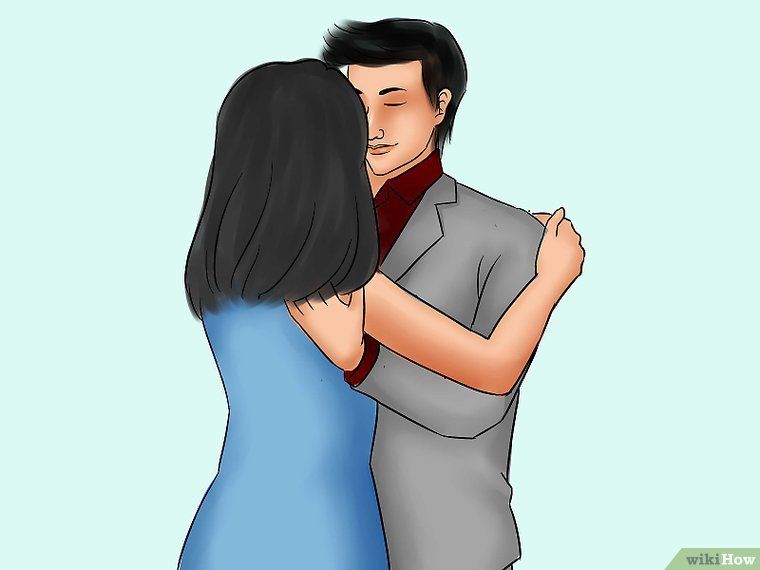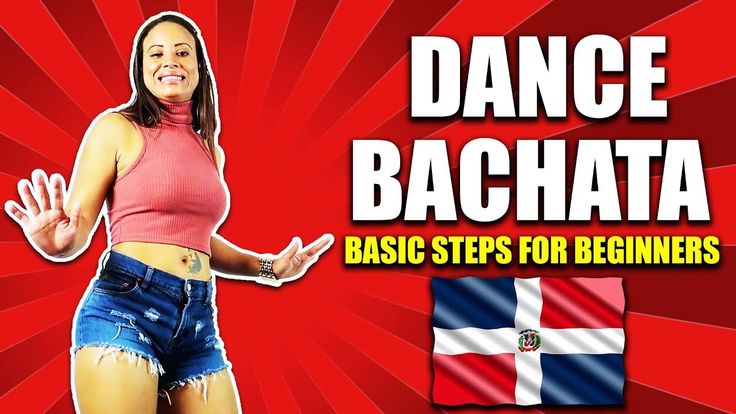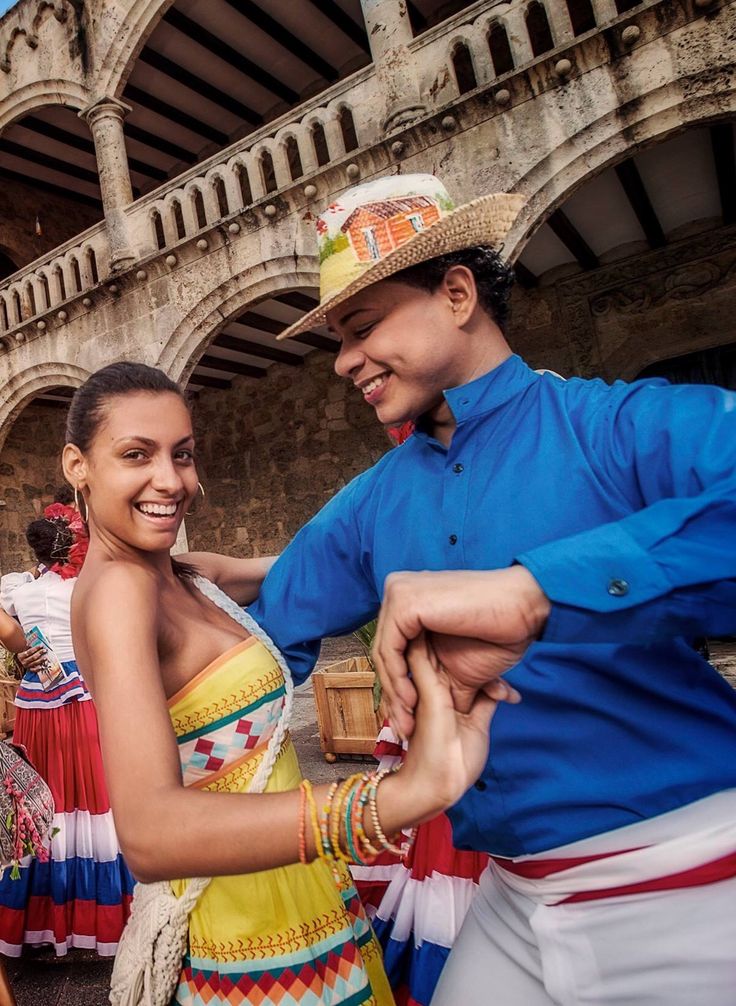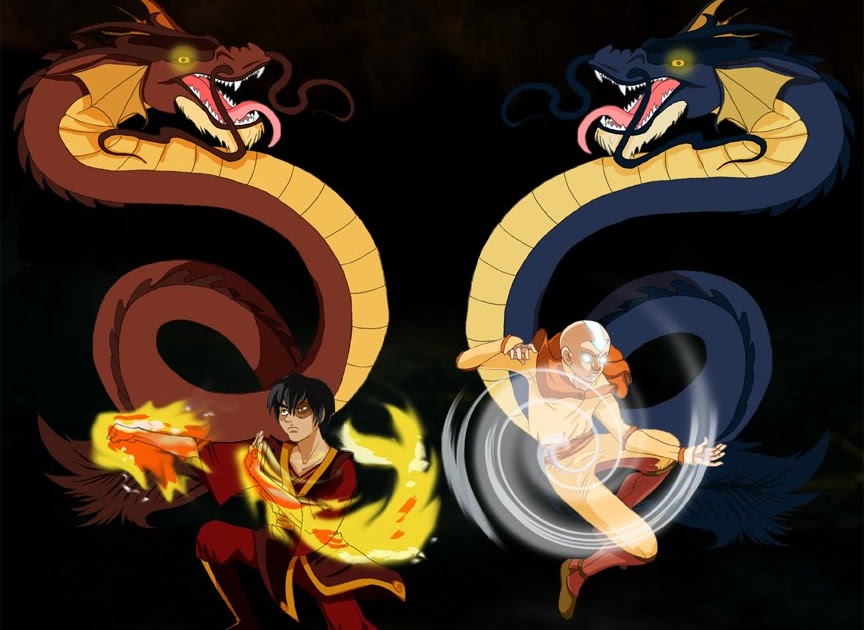How to dance like a dominican
When and How to Use Footwork in Dominican Bachata
Share this article with somebody
Here’s a terrible stereotype for you: Dominican bachata is all about fast footwork. It’s terrible because not only does it make the dance seem scary, but it’s also incorrect. There’s far more to Dominican bachata than just footwork. And sometimes, there’s really not much footwork at all.
Let’s take a look at when to do footwork in Dominican bachata, when you should keep it simple, and why. We’ll also break down some bachata songs to help you put all this into practice at home.
Dominican Bachata Isn’t About Fast Footwork
Dominican bachata is about musicality, connection, attitude, and body movement. As a street dance rather than a studio dance, the most impressive thing is the flow or sabor. This means it’s not technically sound footwork that makes a bachata dancer look great. It’s when and how they use use that footwork.
Footwork can be used to reflect what’s happening in the music, especially in certain parts of the bachata song. Take a look at how Cristian & Katerina use their footwork to accentuate the music in this after-class demo:
Yet this isn’t the only way to dance Dominican bachata with musicality and style. While Kimberly Ramos of Araguacu Latin Dance Company uses some footwork and syncopations in this demo, she’s mainly playing with her basic steps—and they are as impressive, flavourful, and fun as her footwork.
Footwork is one tool in the Dominican bachata dancer’s repertoire, but it’s certainly not the only one. And if you hit every syncopation, your footwork can become underwhelming.
Why Dominican Bachata Music Makes You Want to Syncopate More
If you’re used to dancing bachata moderna or sensual bachata, then you’ve probably been taught to hit syncopations when they are the most prominent thing you hear in the music. It might be with footwork, sharp body movement, or even arm styling, but no matter how you do it, the goal is the same: to illustrate what’s happening in the music.
But this isn’t because you should hit every single syncopation in the song. It’s because the various instruments aren’t always as obvious in the music to which we dance bachata moderna and sensual. When an instrument, rhythm, or beat is the main thing you hear, it’s purposeful.
Bachata started life as party music played by a band. This meant the five principal instruments (three guitars, two percussion-based ones) were easy to hear. Every strum of a guitar and every beat of the bongos became part of the sound of the song—even when the vocals were supposed to be the focal point.
Yet over time, as bachata moved to the recording studio and the DJ deck, new instruments and musical influences came into play. The melody became stronger, while songs began borrowing from pop, R&B, hip hop, tango, and more. As a result, the distinct rhythms played by the bachata instruments, while still necessary for a song to be bachata, aren’t always centre-stage in today’s bachata songs. Compare these two tracks, for example:
Compare these two tracks, for example:
“Margarita” by Raulín Rodríguez
“Entre Los Dos” by SP Polanco, feat. Karlos Rosé
In “Entre Los Dos”, it’s easy to identify the moments for sensual or non-traditional bachata movements (e.g. the long intro and the outro), footwork (from 3:00), and your standard bachata moves. Meanwhile, in “Margarita”, our attention is drawn to all the different instruments. If you’re not used to this style of bachata, it can be harder to distinguish when the song is calling for us to do footwork and when we can relax.
More traditional-sounding bachata music can feel busy. You hear far more of the instruments, even the ones that aren’t necessarily leading the song, and this in turn makes you want to syncopate more. But that’s not always a good thing.
But that’s not always a good thing.
When Should You Do Fast Footwork? A Quick Bachata Musicality Class
Dancing needs variety to be interesting, both for the dancers and anyone watching. Fortunately, bachata music naturally includes plenty of variety in the structure, rhythms, and energy. As dancers, you can match that with your movement to create a more interesting and musical experience.
When you do lots of footwork or syncopations, you are dancing with high levels of energy and expression. Think of it as dancing at levels 8–10 out of 10. This means that you want to do this during the most high-energy, explosive part of the song.
If you dance at level eight during the quiet parts of the song, you can only go up two levels during the high-energy sections—and that’s barely going to be noticeable. Plus, you and your partner will likely be pretty worn out by the time the song ends.
This doesn’t mean that you can’t do any footwork during other parts of the song. You can add footwork and syncopations to most sections of the music, but you want to save your all-out, intense footwork for the intense part of the bachata song. And that’s called the mambo.
You can add footwork and syncopations to most sections of the music, but you want to save your all-out, intense footwork for the intense part of the bachata song. And that’s called the mambo.
Bachata songs can be divided into three main parts, in addition to the intros, outros, and musical interludes that borrow from other musical genres. These three are:
- The derecho: this is the most tranquil part. The lyrics will likely demand your attention, and you’ll probably find yourself dancing smaller movements and relaxing into the song.
- The majao: this is a higher-energy section, and it’s often the song’s chorus. It should make you want to dance with more enthusiasm. Even if the song is sad, you might find yourself smiling here. Don’t allow yourself to be misled by how many beats of an instrument there are. For example, the güira is struck fewer times per count in the majao than in the derecho, but it’s done with more energy here.

- The mambo: this is when the instruments are in the spotlight. There will be no vocals, and the lead guitar or requinto will literally lead the song. This is the time to play with fast footwork.
Of course, even within the derecho and the majao, you’ll notice smaller variations in energy. There’s often a slight change in the music after every 28 or 32 beats, and you’ll notice the instruments building up to this. And even within our 8-beat counts, you can often trace a change in the energy. Overall, however, these are subtler when compared with the differences between the derecho, majao, and mambo.
If you’re not used to traditional bachata music, you might struggle to identify these sections. Even a derecho can seem more instrumental than a sensual bachata’s mambo. Let’s break it down with some examples, traditional and modern.
“Soy Mía” by Natti Natasha
In this powerful, feminist song, the first derecho starts at around 0:15. It switches to the majao at around 0:55. The mambo, meanwhile, appears at around 2:35. While there aren’t any lyrics at this point, Natti Natasha briefly speaks over the mambo, saying “llora, guitarra, llora” or “cry, guitar, cry”. It’s a direct invitation to the requinto to go all out. Now see if you can work out when the other switches happen.
“Su lado de cama” by Joan Soriano
This romantic love song goes straight into a calm derecho, while the first majao comes in at roughly 1:15—the moment that, even in the video, they can’t resist dancing. The mambo starts at 2:19 before switching back to a derecho at 2:45. Again, see if you can identify the other switches.
How to Practise Footwork in Dominican Bachata
We’ve looked at the musical theory behind when you should do footwork. Now, it’s time to put it into practice. Try this drill to help you:
- Listen to a song a couple of times. Even though it might be tempting, don’t dance to it just yet.
- Now, dance to the song without any syncopations. You might prefer to stick to variations of the basic step. Pay attention to the changes in energy, and see if you can work out where the mambo is, where the breaks are, and where the song feels mellower.
- Optionally, listen to the song again without dancing.
- Add minimal amounts of footwork as you dance to the song, focusing on the mambo and breaks.
- Repeat stage 4, introducing more footwork as you feel is appropriate. Remember, however, that when the song is calm, you can relax. Either keep that footwork low-key or save it for the moments when the music calls for energy.
- Pick a new song, and repeat.

Remember, achieving good musicality—just like achieving clean, fast footwork—doesn’t happen overnight. It takes time and practice to hone this skill. As well as this exercise, you can download the Bachata Musicality app to help you recognise the different rhythms and practise with resources like Bachata Breakdown ¡En Vivo! and eMusicality. Look for teachers who prioritise musicality, such as Carlos Cinta, Kimberly Ramos in Toronto, and Pierre Henry in London.
Done well, fast footwork is fun and impressive—but there’s no need to exhaust yourself. Dominican bachata can also be relaxed, sensual, or full of emotion. Just listen to the music and enjoy yourself.
Feature photo credit: Nicole Glass Photography / Shutterstock.com
Ella Baila
Ella Baila is the alias of a bachata teacher. She dabbles in most Afro-Latin dances and is blues-curious.
how to dance dominican bachata
TikTokUpload
For You
Following
jmkdance
Jessica🤍
Have you tried these steps?? 🇩🇴💃🏻✨ #bachata #bachatadominicana #bachatadominicana🇩🇴🇩🇴🇩🇴 #dominicanbachata #dr #bachatatiktok #bachatadancing #bachatatutorial #bachatasteps #london #fyp #foryoupage #foryou
2. 6K Likes, 30 Comments. TikTok video from Jessica🤍 (@jmkdance): "Have you tried these steps?? 🇩🇴💃🏻✨ #bachata #bachatadominicana #bachatadominicana🇩🇴🇩🇴🇩🇴 #dominicanbachata #dr #bachatatiktok #bachatadancing #bachatatutorial #bachatasteps #london #fyp #foryoupage #foryou". Beginners Dominican Bachata Steps 🇩🇴🇩🇴🇩🇴🇩🇴🇩🇴🇩🇴🇩🇴. original sound.
6K Likes, 30 Comments. TikTok video from Jessica🤍 (@jmkdance): "Have you tried these steps?? 🇩🇴💃🏻✨ #bachata #bachatadominicana #bachatadominicana🇩🇴🇩🇴🇩🇴 #dominicanbachata #dr #bachatatiktok #bachatadancing #bachatatutorial #bachatasteps #london #fyp #foryoupage #foryou". Beginners Dominican Bachata Steps 🇩🇴🇩🇴🇩🇴🇩🇴🇩🇴🇩🇴🇩🇴. original sound.
66.4K views|
original sound - Jessica🤍
jaelynnfabian1
FABI
Responder a @jerine99 just a basic start 🤗🇩🇴🤍 #bachata #comobailarbachata #dance #foryou #dominican
4.7K Likes, 26 Comments. TikTok video from FABI (@jaelynnfabian1): "Responder a @jerine99 just a basic start 🤗🇩🇴🤍 #bachata #comobailarbachata #dance #foryou #dominican". 4 | HOW TO 🇩🇴 BACHATA 🇩🇴 | STEP 1: STEP, TOGETHER, STEP, TOGETHER | .... Asalto.
105.8K views|
Asalto - Prince Royce
_bellev
BelleV
Replying to @anghelizf im not the best but atleast im not jumping #fyp #FilmTeyvatIslands #dominican #bachata
3. 2K Likes, 21 Comments. TikTok video from BelleV (@_bellev): "Replying to @anghelizf im not the best but atleast im not jumping #fyp #FilmTeyvatIslands #dominican #bachata". How to dance Dominican bachata from a Dominican 🇩🇴 | 1. Dance on your toes(woman usually have their feet closer together) 2.move your hips more, move your arms less 3.footwork should look intentional and controlled 4. Dejate llevar de la musica. Por Mala Fe.
2K Likes, 21 Comments. TikTok video from BelleV (@_bellev): "Replying to @anghelizf im not the best but atleast im not jumping #fyp #FilmTeyvatIslands #dominican #bachata". How to dance Dominican bachata from a Dominican 🇩🇴 | 1. Dance on your toes(woman usually have their feet closer together) 2.move your hips more, move your arms less 3.footwork should look intentional and controlled 4. Dejate llevar de la musica. Por Mala Fe.
41.7K views|
Por Mala Fe - Juan Bautista
ikellymarcelino
Kelz
Activating my daughters Dominican DNA #bachata @Isabella Marcelino
99.1K Likes, 241 Comments. TikTok video from Kelz (@ikellymarcelino): "Activating my daughters Dominican DNA #bachata @Isabella Marcelino". ✨Bachata Basic Step✨. Tu Eres Ajena.
2.5M views|
Tu Eres Ajena - Frank Reyes
jmkdance
Jessica🤍
Would you like to dance like this? 🇩🇴🌟💃🏻🥳 #bachata #bachatadance #bachatatiktok #bachatadancing #dance #dominicanrepublic #dr #bachatadominicana #bachatastyle #bachatatutorial #fyp #foryou @Fuego
6. 8K Likes, 73 Comments. TikTok video from Jessica🤍 (@jmkdance): "Would you like to dance like this? 🇩🇴🌟💃🏻🥳 #bachata #bachatadance #bachatatiktok #bachatadancing #dance #dominicanrepublic #dr #bachatadominicana #bachatastyle #bachatatutorial #fyp #foryou @Fuego". DO YOU LIKE DOMINICAN BACHATA 😜🇩🇴💃🏻🌟. La Mujer Que Yo Más Quiero.
8K Likes, 73 Comments. TikTok video from Jessica🤍 (@jmkdance): "Would you like to dance like this? 🇩🇴🌟💃🏻🥳 #bachata #bachatadance #bachatatiktok #bachatadancing #dance #dominicanrepublic #dr #bachatadominicana #bachatastyle #bachatatutorial #fyp #foryou @Fuego". DO YOU LIKE DOMINICAN BACHATA 😜🇩🇴💃🏻🌟. La Mujer Que Yo Más Quiero.
196.1K views|
La Mujer Que Yo Más Quiero - Luis Vargas
bachatabeauty
Bachata Beauty
Bachata Tutorial: Dominican Footwork #bachata #tutorial #bachatatutorial #bachatatutorials #bachatadance #bachatadancing #bachatamoves
412 Likes, 445 Comments. TikTok video from Bachata Beauty (@bachatabeauty): "Bachata Tutorial: Dominican Footwork #bachata #tutorial #bachatatutorial #bachatatutorials #bachatadance #bachatadancing #bachatamoves". Bachata | Dominican Footwork. Esa Mujer (Bachata).
Bachata | Dominican Footwork. Esa Mujer (Bachata).
79.9K views|
Esa Mujer (Bachata) - Luis Vargas
jmkdance
Jessica🤍
Should we do tutorials???? 🦶🏼🇩🇴💃🏻 #@Fuego #bachata #dancefestival #bachatadance #bachatatiktok #bachatadominicana #bachatadominicana🇩🇴🇩🇴🇩🇴 #dr #dominicanrepublic #bachatasteps #bachatatutorial #fyp #foryou
28.1K Likes, 294 Comments. TikTok video from Jessica🤍 (@jmkdance): "Should we do tutorials???? 🦶🏼🇩🇴💃🏻 #@Fuego #bachata #dancefestival #bachatadance #bachatatiktok #bachatadominicana #bachatadominicana🇩🇴🇩🇴🇩🇴 #dr #dominicanrepublic #bachatasteps #bachatatutorial #fyp #foryou". BACHATA DOMINICANA 🇩🇴🇩🇴🇩🇴🇩🇴🇩🇴. La Mujer Que Yo Tenia.
1.3M views|
La Mujer Que Yo Tenia - Kiko Rodriguez
thefitmami
Bianca Solo’
How to Dance Dominican Style Bachata PT. 1 #howtodancebachata #bachatadominicana #bachatatutorial #bachatasongs #bachatalatina
16.8K Likes, 63 Comments. TikTok video from Bianca Solo’ (@thefitmami): "How to Dance Dominican Style Bachata PT. 1 #howtodancebachata #bachatadominicana #bachatatutorial #bachatasongs #bachatalatina". How to Dance Dominican Style Bachata Pt. 1 | Step 1: Listen for the Beat | Step 2: Step Out & Back (Small Step) | .... Me Emborracharè - Bachata Version.
295.2K views|
Me Emborracharè - Bachata Version - Grupo Extra
demetriorosario
Demetrio Rosario
Beginner Bachata Footwork Tutorial - Demetrio & Nicole | Bachata Dance Academy #bachata #fyp #foryoupage #xyzcba #bachatadance #bachatadominicana
23. 7K Likes, 53 Comments. TikTok video from Demetrio Rosario (@demetriorosario): "Beginner Bachata Footwork Tutorial - Demetrio & Nicole | Bachata Dance Academy #bachata #fyp #foryoupage #xyzcba #bachatadance #bachatadominicana". Beginner Bachata Footwork Tutorial | Slow Speed Tap, Tap, Step, Together | Normal Speed | .... Voy Pa'llá.
7K Likes, 53 Comments. TikTok video from Demetrio Rosario (@demetriorosario): "Beginner Bachata Footwork Tutorial - Demetrio & Nicole | Bachata Dance Academy #bachata #fyp #foryoupage #xyzcba #bachatadance #bachatadominicana". Beginner Bachata Footwork Tutorial | Slow Speed Tap, Tap, Step, Together | Normal Speed | .... Voy Pa'llá.
444.9K views|
Voy Pa'llá - Antony Santos
Merengue dance in the Dominican Republic: how to dance, features
Home » What to see
What to see
Author Administrator Reading 2 min Views 595 Updated
Passionate and incendiary rhythms of Latin America are known all over the world. One of the popular dances, which is adored by the inhabitants of the mainland, originated in the Dominican Republic. But no one knows exactly where the merengue dance originated from. Here are just a few suggestions:
But no one knows exactly where the merengue dance originated from. Here are just a few suggestions:
- Dominican composer Juan Bautista Alfonseque composed the melody for dance in the middle of the 19th century. Music fell in love with the inhabitants of the country and in accordance with it a dance arose;
- a similar tune sounded when the Dominican troops defeated Haiti in a fair fight. The soldiers, hearing the triumphal music, immediately began to dance a simple dance;
- in the Cuban upa habanera dance there is a movement called "merengue". Over time, the Dominicans mastered the movement and, based on it, came up with their own dance;
- The dance was invented by slaves. They were bound with chains so that they were forced to walk with their legs outstretched. The same movement exists in the national dance;
- one of the heroes of the Dominican revolutions was wounded in the leg during a demonstration. However, the locals revered the hero.
 When they saw his lameness, they also began to imitate the idol.
When they saw his lameness, they also began to imitate the idol.
Like many Latin American pair dances, the merengue turned out to be passionate and erotic. However, this dance differs from other Latin dances in a lighter presentation. All movements are based on flirting and improvisation. It is not so important for partners to make movements technically correct and synchronously. It is much more important to convey your feelings to the audience. Sometimes it even requires solo elements.
However, the main movements and rules of the dance can be distinguished. The first and most important movement is a walking step to the beat of the music. There can be several such steps, at the request of the partners. For beginner dancers, only the continuation of this walking step causes difficulties: after it, you need to smoothly move in the opposite direction, to the right.
The step is complemented by a large number of figures: the body, hips and shoulders of each partner constantly rotate. The position of the partners relative to each other is similar to a waltz: from it the dancers make turns clockwise or counterclockwise and “paso de la empalizada”. Another distinctive feature of the dance is that the dancers are constantly in physical contact. Even if the elements are solo and require some kind of personal space, the dancers always hold hands. In Latin American versions of merengue, partners cannot even move away from each other: throughout the dance, the bodies are tightly pressed against each other.
The position of the partners relative to each other is similar to a waltz: from it the dancers make turns clockwise or counterclockwise and “paso de la empalizada”. Another distinctive feature of the dance is that the dancers are constantly in physical contact. Even if the elements are solo and require some kind of personal space, the dancers always hold hands. In Latin American versions of merengue, partners cannot even move away from each other: throughout the dance, the bodies are tightly pressed against each other.
Dominican dances
Sun, sea and incendiary rhythms, from which the legs themselves start dancing - that's it - the hallmark of the Dominican Republic. Music sounds literally everywhere here, and incendiary dances in the Dominican Republic are an indispensable attribute of life. They dance a lot here, from the heart and with pleasure, and the diversity of the local musical culture surprises all the guests of this wonderful country.
The groovy melodies of the sunny Dominican Republic, having absorbed the traditional rhythms of Haitian, African American, Cuban and Spanish music, have acquired their own unique sound, fully revealing the positive, free and cheerful character of the locals. The most popular dances in the Dominican Republic are also influenced by a bizarre mixture of folk traditions. They are distinguished by their speed, and their fervor and dynamism conquer the hearts of people year after year, making them fall in love with the uniqueness of tropical rhythms and plasticity of movements without memory.
The Dominican Republic is a place that cannot be imagined without dancing. Music is heard in the capital and provinces, on the beaches, in bars and just on the street. Impossible to resist! Once - and the body is already moving, making rhythmic steps to the beat of sounding motives. Can't dance? Not scary! It is enough to attend classes at local schools that offer their students to learn the basics of Latin American dances, which are so popular in our time. By the way, all the dances that are performed at Dominican discos are social. They can be seen not only as a form of art, but also as an excellent means of communication between people, and each of them is interesting in its own way.
By the way, all the dances that are performed at Dominican discos are social. They can be seen not only as a form of art, but also as an excellent means of communication between people, and each of them is interesting in its own way.
Bachata.
Like most local pair dances, bachata is very beautiful and dynamic. Originating in the poor areas of the Dominican Republic in the 60s, it has come a long way and gained popularity not only at home, but throughout the world. Bachata can now be seen and heard almost anywhere in the world. There are no overly complex steps and movements in it, but there is lightness and energy. A relatively small number of steps and elements is compensated by the plasticity of the partners' bodies, the softness of the lead, the close distance of the dance, and much attention is paid to the movement of the legs. All this creates a unique brightness and romance. In discos, people like to dance bachata because of its incendiary nature, and you can learn it both in the Dominican Republic and at home in your homeland.
Marengue.
Speed, unique charm and perky rhythm are the three main characteristics of merengue - Dominican folk dance. Dominicans dance it at festivals and during carnivals, at discos in bars and on the beaches, and sometimes just on the street. Rapid movements of the hips, legs, shoulders and arms, combined with a simple rhythmic pattern and small steps, give it a lightness and ample room for improvisation. This is a game and fun in which you definitely want to participate, succumbing to the general joy of people dancing around.
Salsa.
Burning, like spices, and multi-component, like the sauce of the same name, salsa has firmly won the hearts of people around the world. Clockwork parties and beach discos with tropical rhythms are perfect for salsa. In the Dominican Republic, they love it and dance with pleasure, only the local variation of the dance is still somewhat different from that adopted in Europe, so travelers who first come to the Dominican disco are sometimes somewhat lost.











